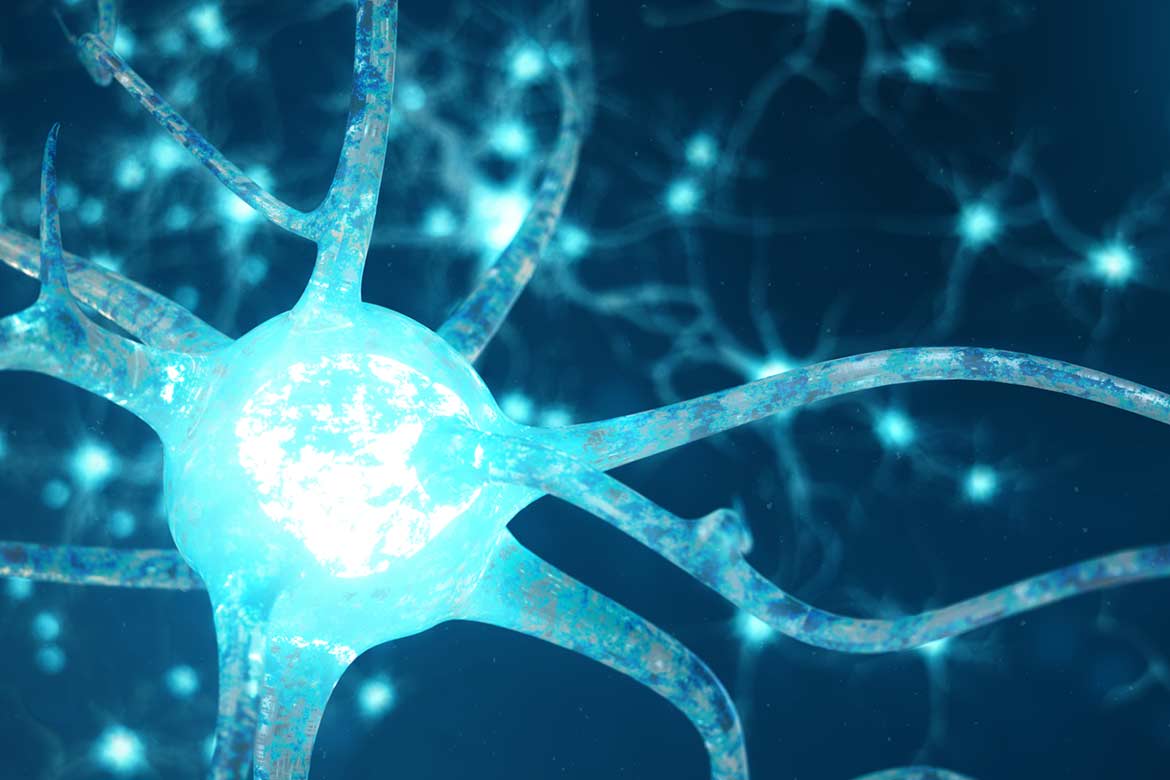The tech advancement always feels like it’s running late. Our imagination works faster than manual work. The testimony of the above statement is the present scientific advancement.Our scientists and engineers are reshaping future technology and the world around us in varying ways. Although, we don’t realise the gradual change but the rate of progress over the last half-century has been exponential, especially in the fields of computing, medical, communications and materials science. Today, we will talk about 5 such developing ideas that will drastically change our future.
Tactile Virtual reality (Haptics)
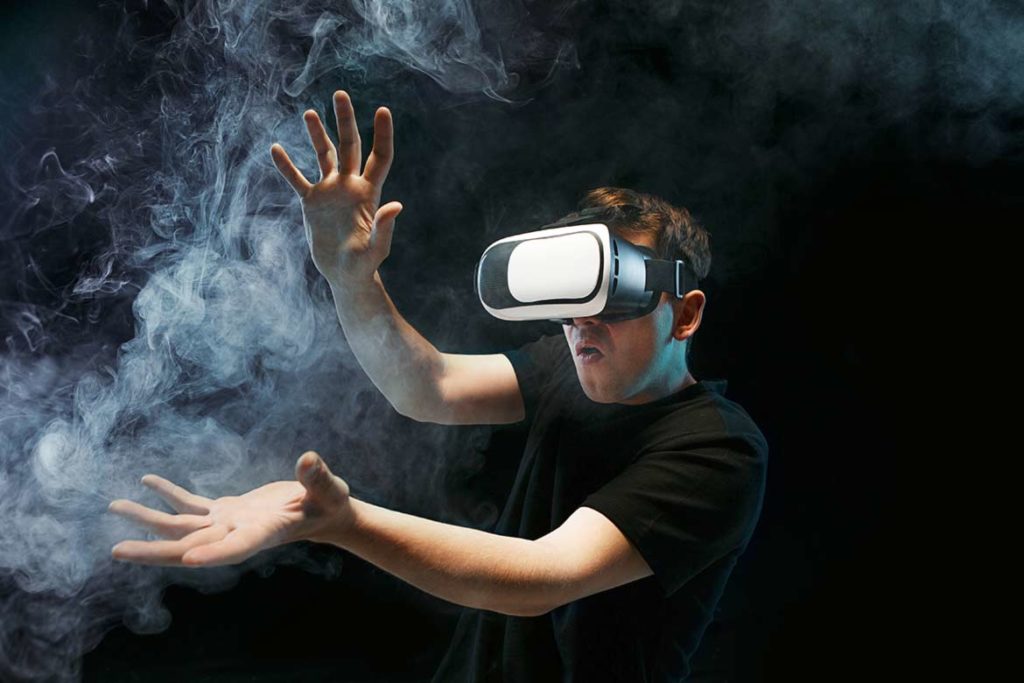
Virtual reality is developing at a pace and it is becoming a part of our life. But in recent years, the focushas shifted ontouch besides sight and sound. Now, scientists around the world University are working on flexible ‘haptic skin’ which willgive an all-new experience of virtual reality, a physical interface between the virtual world and a user’s skin. This device will convert virtual signals into physical sensations, tailored to mimic the feeling of being touched.
For example, your loved one sits at a computer and video chatting with you while he/she gently touch an interface on a separate screen. In response to this,a wireless patch on your back vibrates in a pattern that matches your lover’stouch, allowing you to “feel” his/her physical touch.
Energy storing bricks
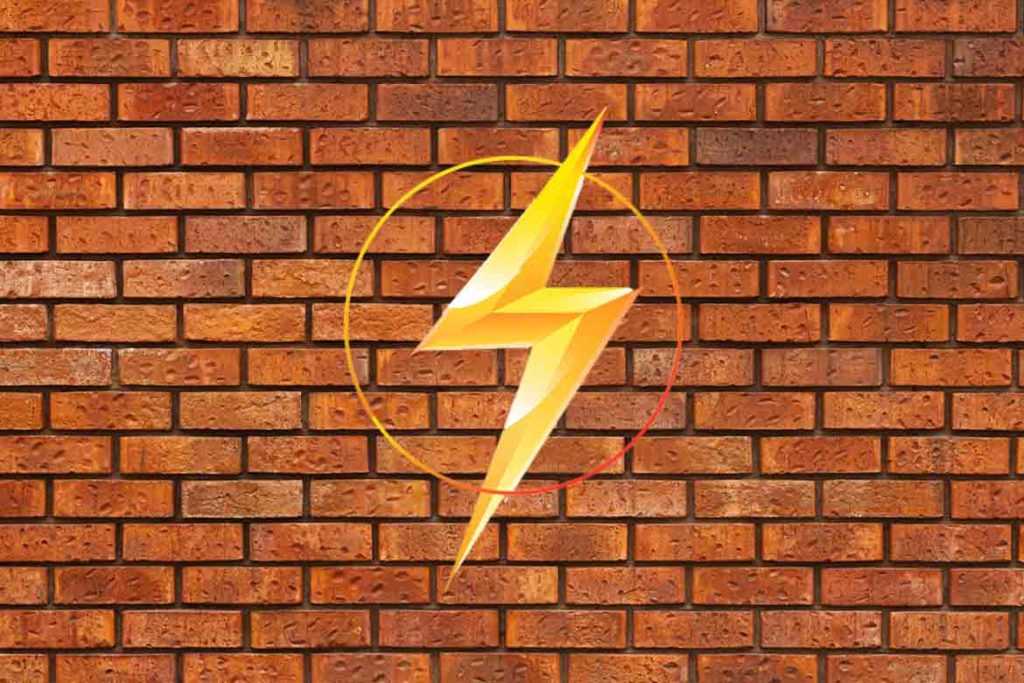
Also read: Artificial Intelligence: Technological Boon Or Ethical Bane
Bricks are usedin constructing walls and are joined together using cement to build a house or building. With advancement in technology, new types of bricks are coming which tend to absorb heat transferred during the day and release it during the night, a fact that is beneficial for preserving temperature conditions in a building. According to a new study, published in Nature Communications, the existing red bricks can also be used to store energy and can act like batteries. In other words, bricks will be capable of storing power and using it to power devices. These bricks can also be further connected to solar panels and store solar energy. This method could generate decent amounts of renewable energy.Researchers estimated that 50 such bricks would take few minutes to charge and could supplysufficient energy to power the backup lighting of a building for at least 50 minutes.
Artificial Neuron chip
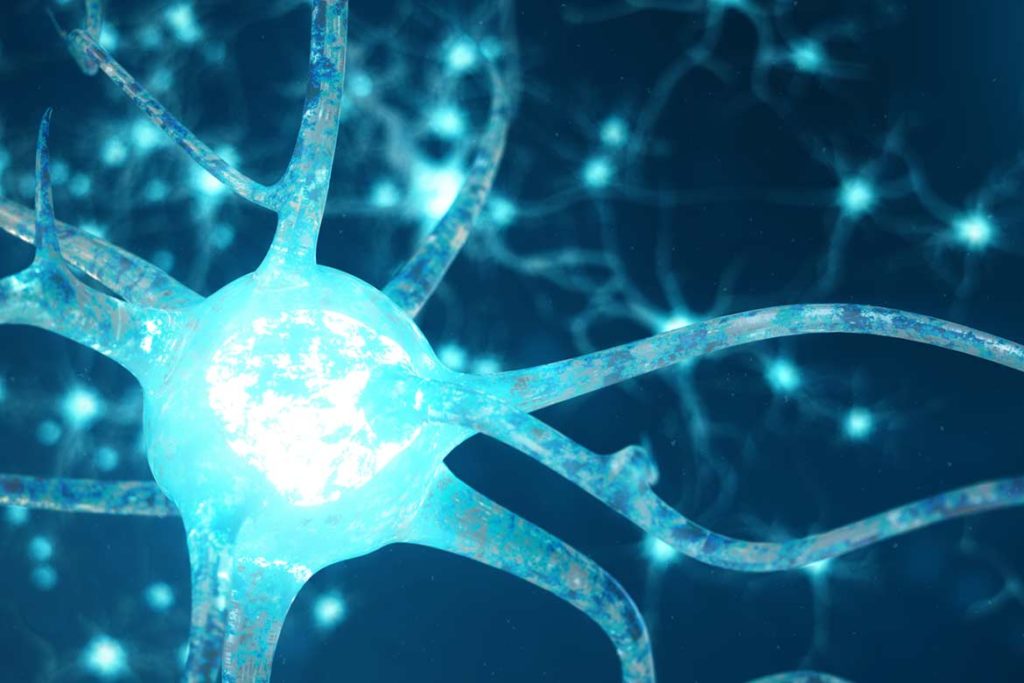
Scientists have invented first-of-its-kind artificial neurons on silicon chips that reacts just like the real neuron. Thisfeat has enormous scope for medical devices to cure chronic conditions, like heart failure, Alzheimer’s, and other neuronal degenerations.
This artificial neuron not only act like natural neurons but only consume one billionth the power of a microprocessor. With such low energy requirements, this neuron chip is ideally suited for use in medical implants and other bio-electronic devices.It opens up new avenues of curing conditions where neurons do not function properly. Artificial neurons also have the potential for repairing defunct bio-circuits by replicating their healthy function and responding adequately to biological feedback to restore bodily function.
Cultured Meat

Also read: These Weapon Technologies Will Transform The Future Warfare
Lab-grown meat, produced in bioreactors has been approved for sale at some places. This achievement has been hailed as a landmark event across the meat industry as it will phase out the slaughtering of animals. The cells required to initiate the process are acquired from a cell bank without killing chicken because cells can be taken from the biopsies of living animals. The grow the meat, nutrients are supplied to these cells through plants.
Sweat-powered wearables
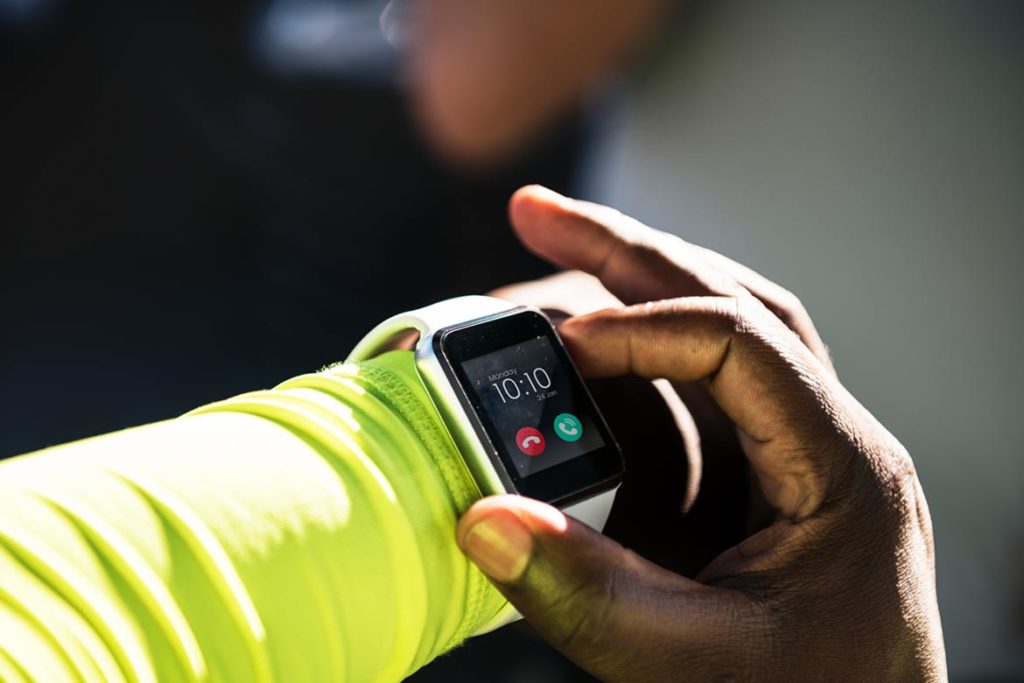
The future electronic wearables might not just be in touch with our bodies, they could be powered by them. In future, you will see smartwatches running by drawing power from our body itself.
In daily life our bodies burn between 2,000 and 2,500 calories per day. This wasted energy is sufficient to power a smartphone. So, if this energy could be directed, our bodies could in theory be used to run many electronic devices, ranging from medical implants to electronic contact lenses all without a battery. Our sweat can charge up the wearable electronics that we carry with us like smartwatches.

